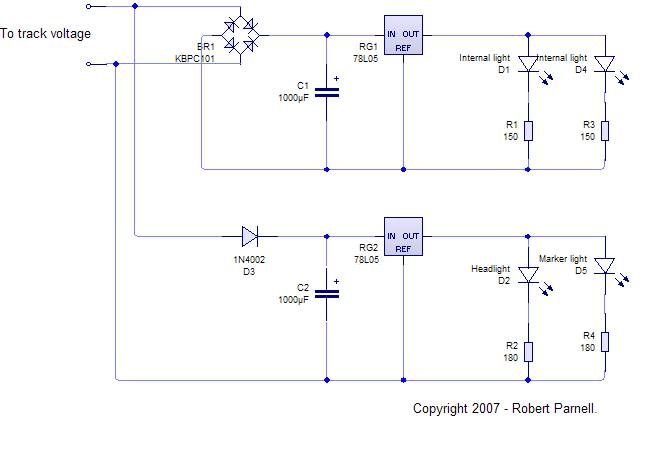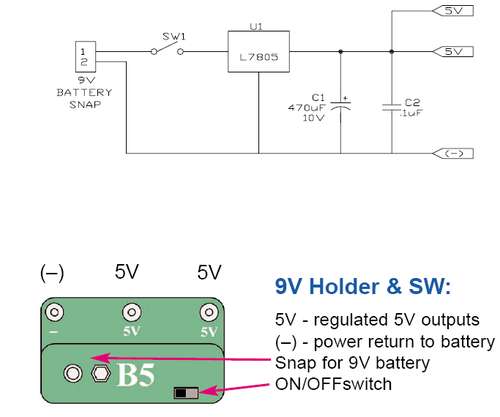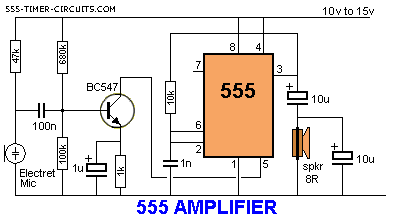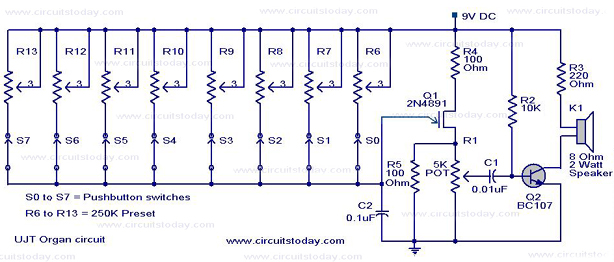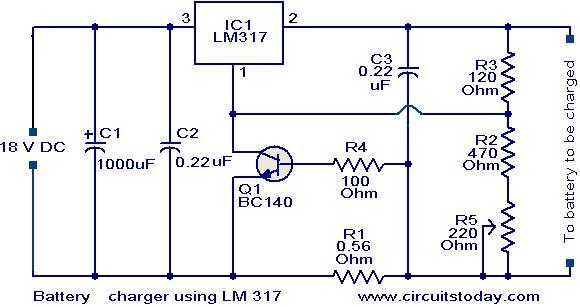
Simple Valve MW Transmitter circuit 30W
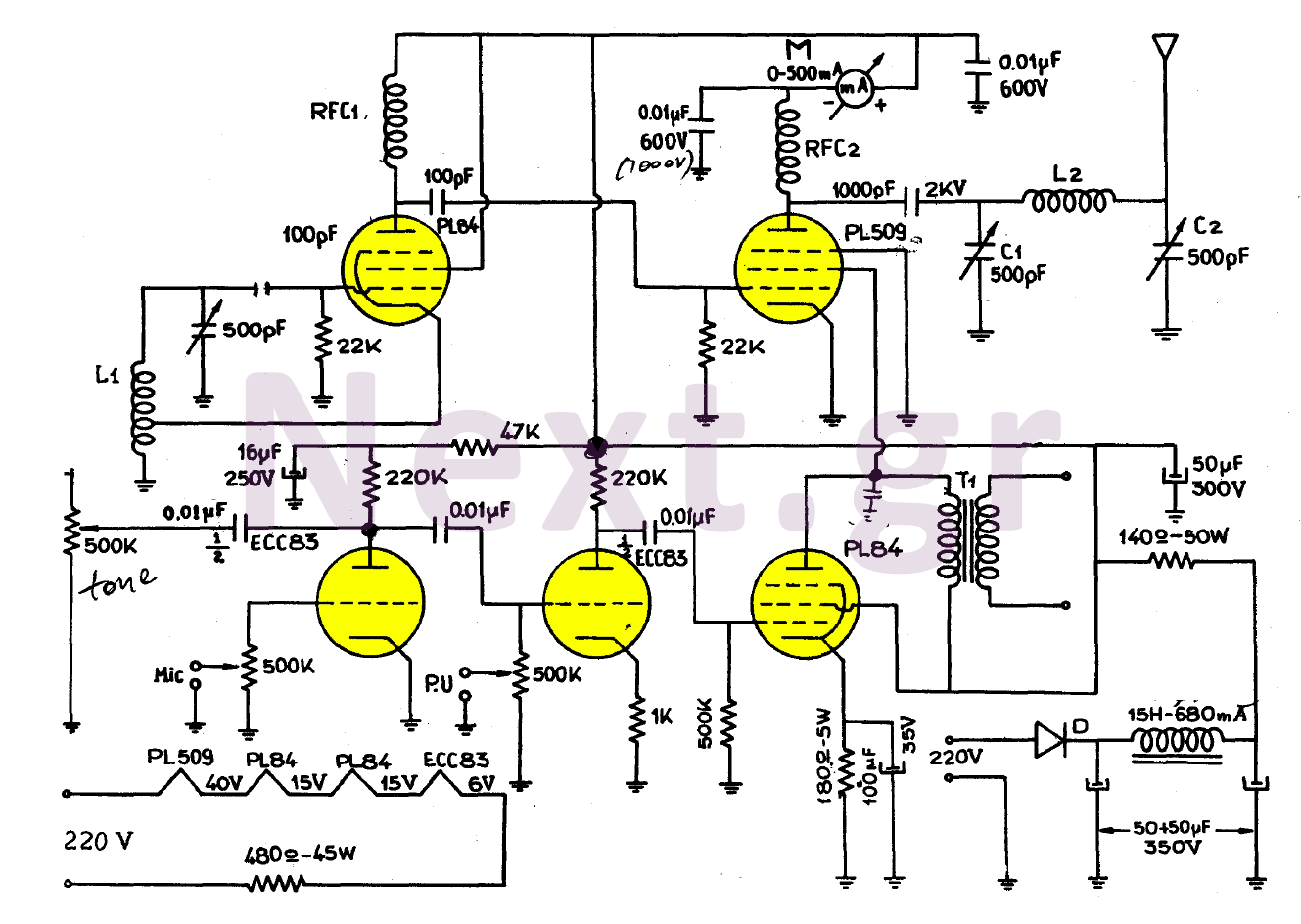
The simplicity of this transmitter, combined with its high performance, makes it particularly interesting. It has an output power of approximately 30 W, and under normal conditions, with the appropriate antenna and handling, it can achieve a range of 30 km. The oscillator used is the PL 84, which provides sufficient signal to effectively excite the output light. Coil L1 serves as the oscillation coil for the 6SA7 lamp. The RFC1 has an inductance of 2.5 mH and can operate at a current of 100 mA. The output stage utilizes the PL 509 power lamp. The L2 coil consists of 50 turns of 1 mm thick enamel wire, wound into a drum with a diameter of 5 cm. RFC2 has an inductance of 29 mH and is capable of operating at 600 mA. The variable capacitors C1 and C2 each have a capacitance of 500 pF, constructed with thin sheets. Transformer T1 features a primary winding with a 2.5K resistor and has a power rating of 6 W. The diode D operates at 250 V and can withstand a current of 700 mA. The modulator input can be excited by a crystal microphone or any other audio source.
This transmitter circuit is designed for effective radio frequency (RF) transmission, characterized by its simplicity and robust performance. The PL 84 oscillator plays a crucial role in generating the RF signal, which is essential for the operation of the transmitter. The oscillator's output is fed into the L1 coil, which serves as a resonant circuit to enhance the signal strength before it is transmitted.
Coil L1, specifically designed for the 6SA7 lamp, ensures that the oscillation frequency aligns with the desired transmission frequency, optimizing the transmitter's efficiency. The RFC1, with its specified inductance of 2.5 mH, acts as a radio frequency choke, allowing DC to pass while blocking RF signals, thus preventing interference in the power supply line.
The output stage of the transmitter is powered by the PL 509 lamp, which is known for its ability to handle high power levels, thus contributing to the overall output power of approximately 30 W. The L2 coil, constructed with 50 turns of enamel wire, is essential for further signal amplification and stabilization, ensuring that the transmitted signal maintains its integrity over longer distances.
The variable capacitors C1 and C2 are integral to tuning the transmitter, allowing for fine adjustments to the resonant frequency of the circuit. This capability is vital for ensuring that the transmitter can operate effectively across a range of frequencies, accommodating various audio sources.
Transformer T1, with its primary winding featuring a 2.5K resistor, is designed to step up the voltage to the required levels for efficient transmission. The power rating of 6 W indicates that it is well-suited for the transmitter's operational requirements without overheating or failing.
The diode D is included in the design to rectify the signal, capable of handling up to 700 mA at 250 V, ensuring that the transmitter operates safely and reliably under various conditions. The modulator input, which can be excited by a crystal microphone or other audio sources, allows for versatile audio input options, making the transmitter suitable for a range of applications in communication systems.The simplicity of this transmitter compared to its very high performance makes it very interesting. Its output power is about 30 W and its range under normal conditions, with proper antenna and handling, reaches 30 km. The oscillator is the PL 84 which provides enough signal to normally excite the output light. Coil L1 is the oscillation coil of the 6SA7 lamp. The RFC1 has a 2.5mH inductance and can operate at a current of 100mA. The PL 509 power lamp is used in the output stage.
This transmitter circuit is designed for effective radio frequency (RF) transmission, characterized by its simplicity and robust performance. The PL 84 oscillator plays a crucial role in generating the RF signal, which is essential for the operation of the transmitter. The oscillator's output is fed into the L1 coil, which serves as a resonant circuit to enhance the signal strength before it is transmitted.
Coil L1, specifically designed for the 6SA7 lamp, ensures that the oscillation frequency aligns with the desired transmission frequency, optimizing the transmitter's efficiency. The RFC1, with its specified inductance of 2.5 mH, acts as a radio frequency choke, allowing DC to pass while blocking RF signals, thus preventing interference in the power supply line.
The output stage of the transmitter is powered by the PL 509 lamp, which is known for its ability to handle high power levels, thus contributing to the overall output power of approximately 30 W. The L2 coil, constructed with 50 turns of enamel wire, is essential for further signal amplification and stabilization, ensuring that the transmitted signal maintains its integrity over longer distances.
The variable capacitors C1 and C2 are integral to tuning the transmitter, allowing for fine adjustments to the resonant frequency of the circuit. This capability is vital for ensuring that the transmitter can operate effectively across a range of frequencies, accommodating various audio sources.
Transformer T1, with its primary winding featuring a 2.5K resistor, is designed to step up the voltage to the required levels for efficient transmission. The power rating of 6 W indicates that it is well-suited for the transmitter's operational requirements without overheating or failing.
The diode D is included in the design to rectify the signal, capable of handling up to 700 mA at 250 V, ensuring that the transmitter operates safely and reliably under various conditions. The modulator input, which can be excited by a crystal microphone or other audio sources, allows for versatile audio input options, making the transmitter suitable for a range of applications in communication systems.The simplicity of this transmitter compared to its very high performance makes it very interesting. Its output power is about 30 W and its range under normal conditions, with proper antenna and handling, reaches 30 km. The oscillator is the PL 84 which provides enough signal to normally excite the output light. Coil L1 is the oscillation coil of the 6SA7 lamp. The RFC1 has a 2.5mH inductance and can operate at a current of 100mA. The PL 509 power lamp is used in the output stage.
The L2 coil consists of 50 coils of 1 mm thick enamel wire, wound into a 5 cm diameter drum. RFC2 has an inductance of 29mH and can operate at 600mA.
The variable capacitors C1 and C2 have a capacity of 500 pF each, with thin sheets. Transformer T1 has a primary with a 2.5K resistor. Its power is 6W. Diode D operates at 250V and can withstand 700mA current. The input of the modulator is excited by a crystalline microphone or by any other audio source.

